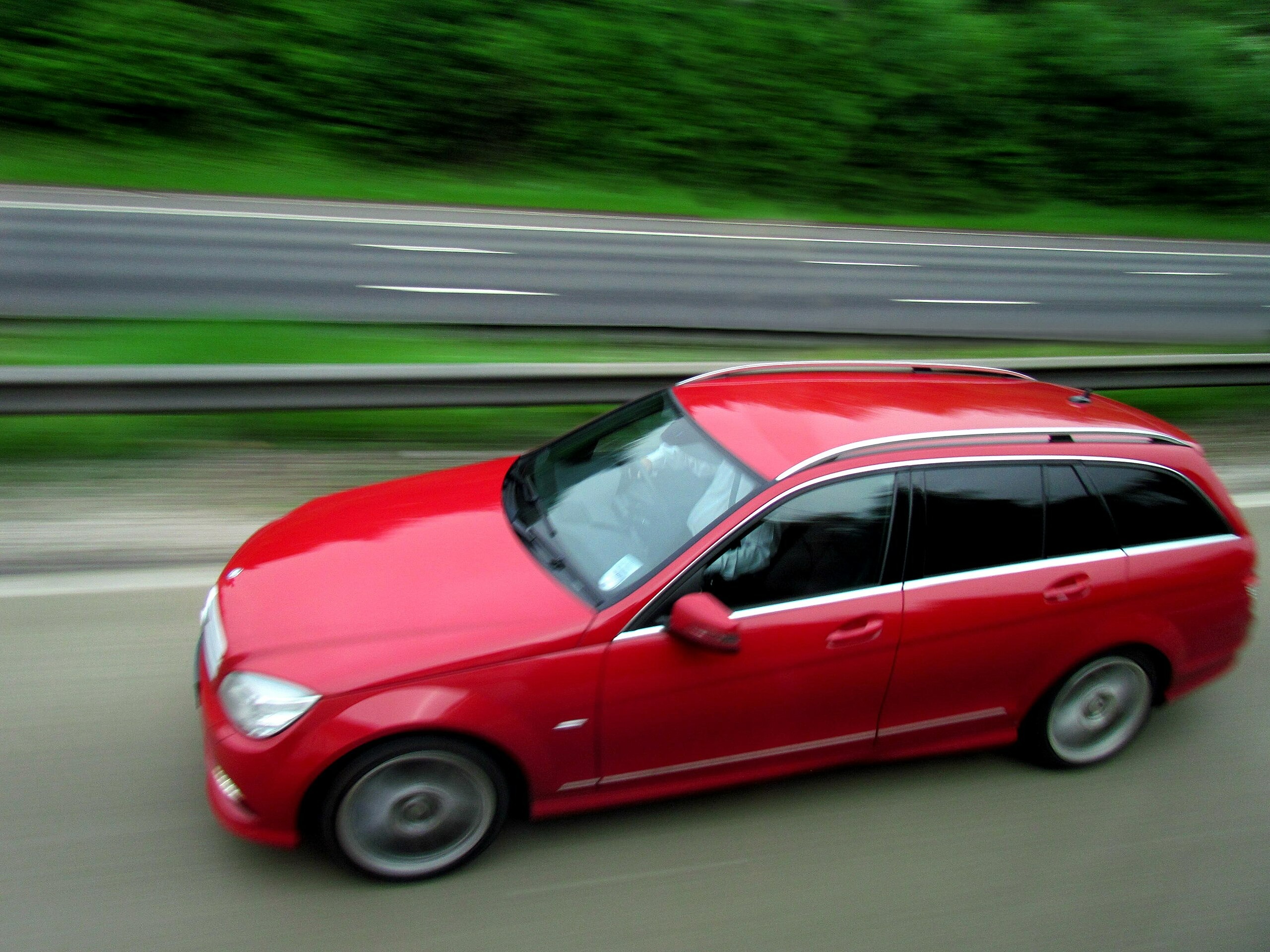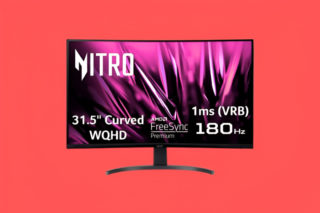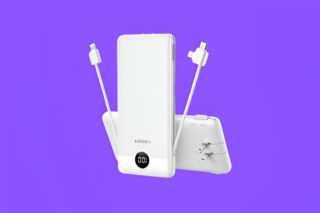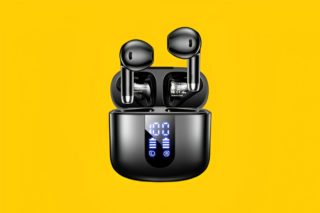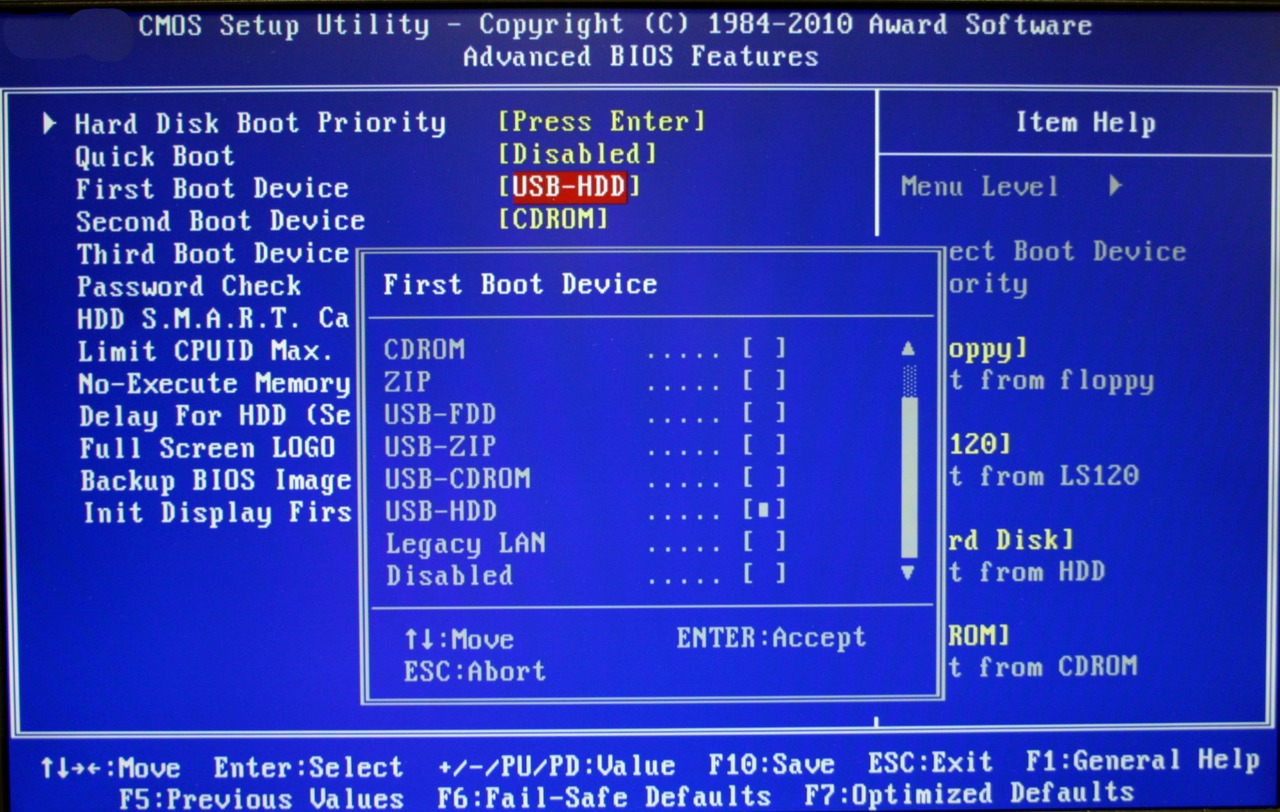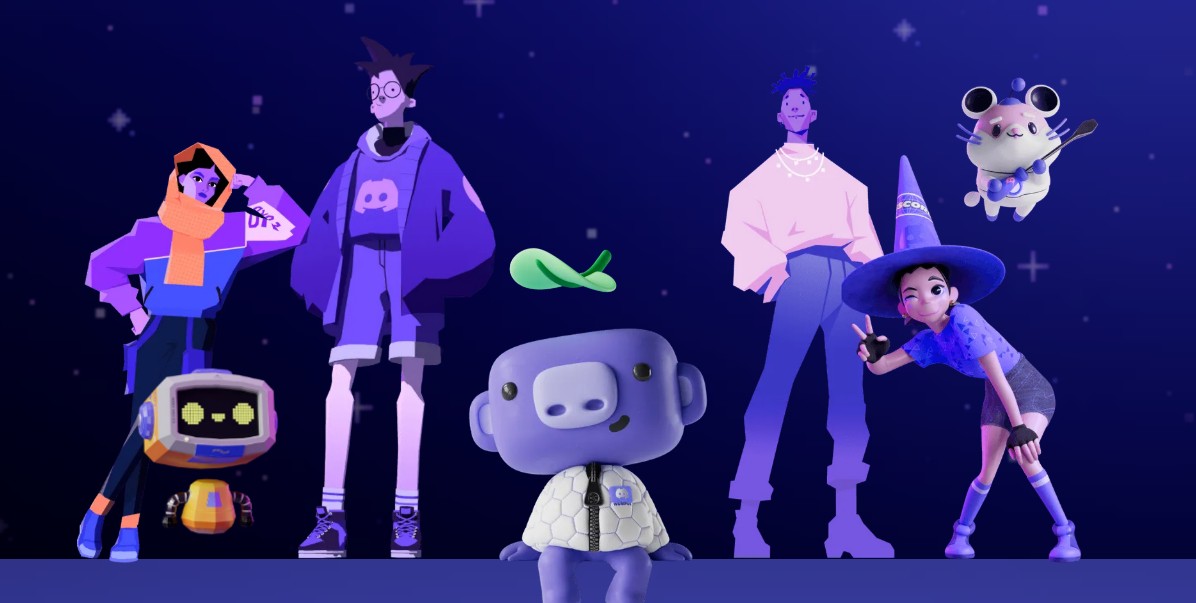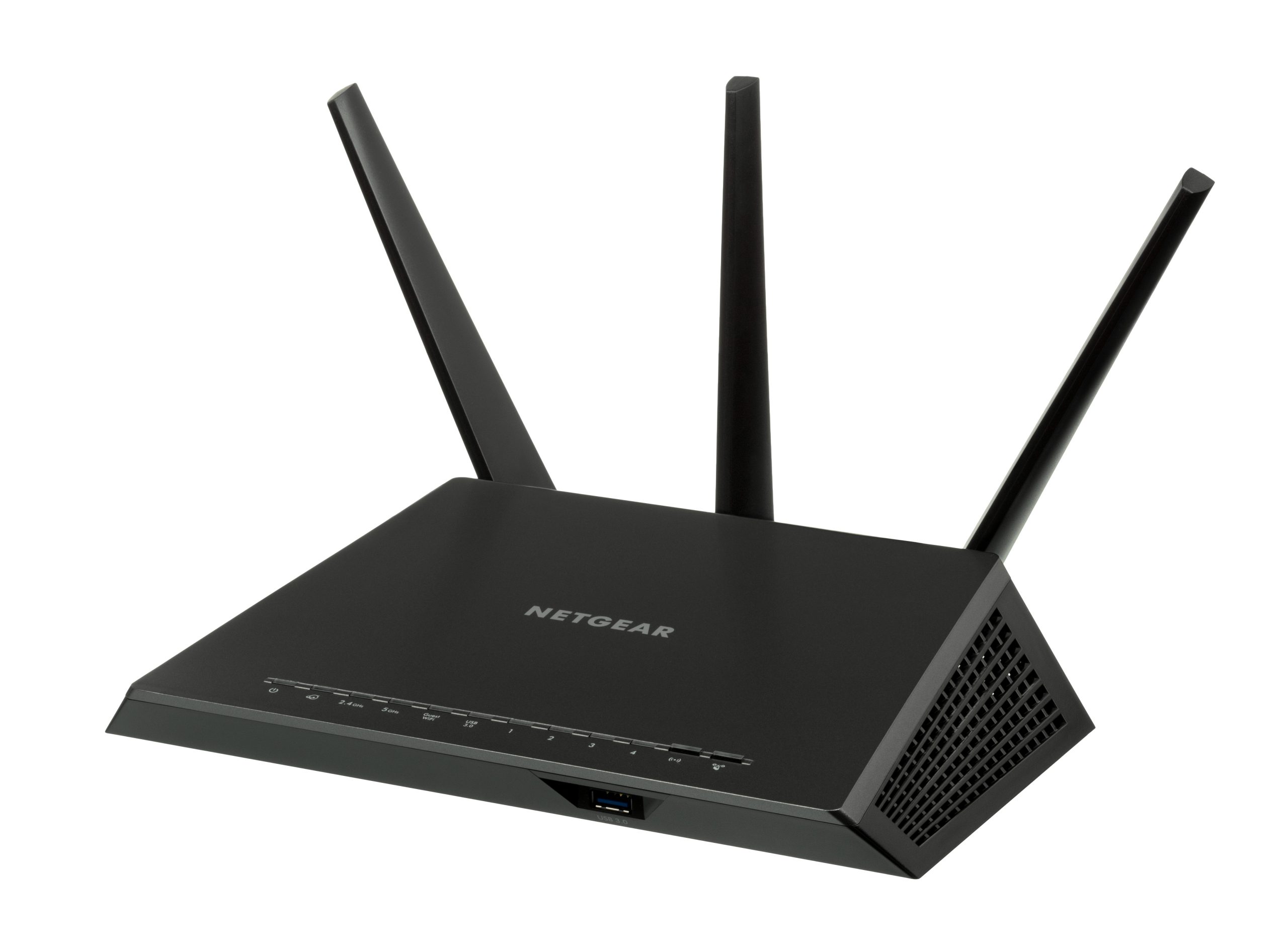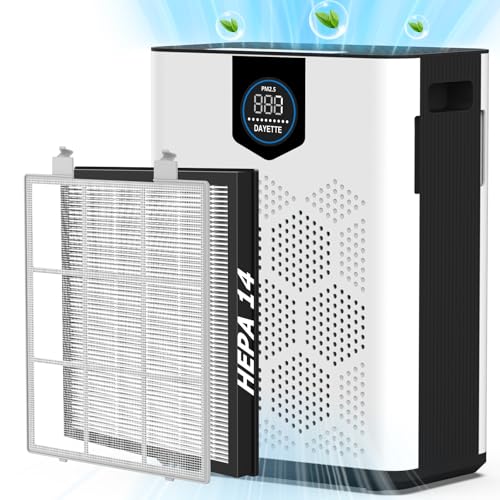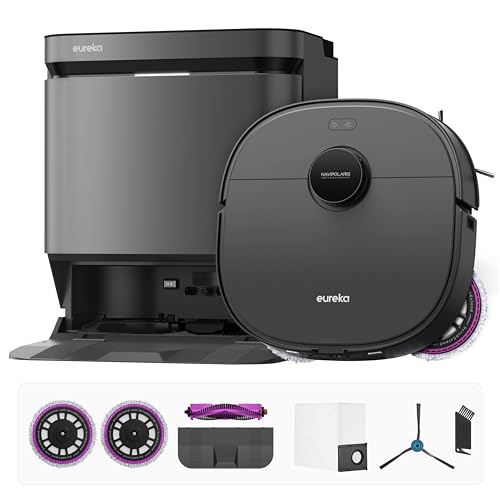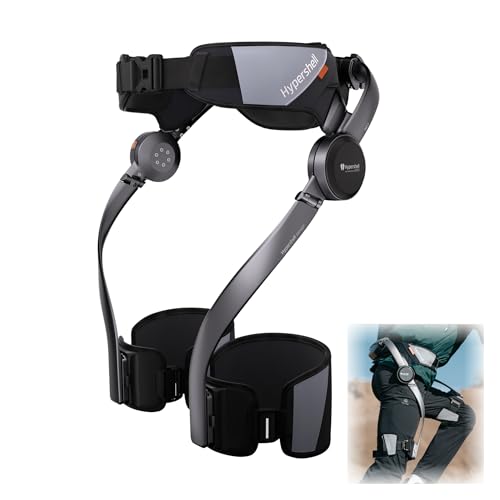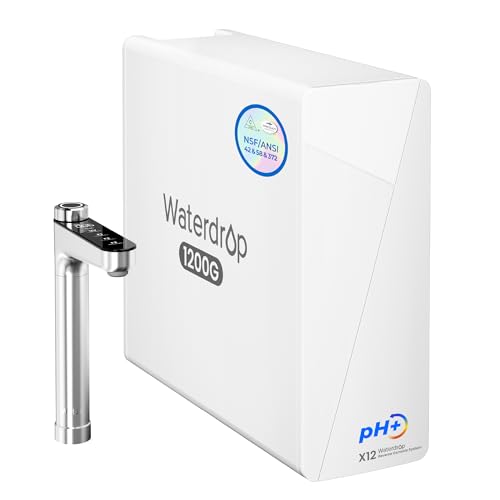Red cars get pulled over more often than any other color—and it’s not just because they’re flashy. Multiple insurance industry reports and automotive studies consistently show that bright, attention-grabbing colors receive disproportionately more traffic citations, with red topping the list, followed by black, yellow, and orange. Your color choice isn’t just an aesthetic expression; it’s a statistical gamble that affects both your ticket risk and enforcement attention.
The Psychology Behind the Pattern
Officers associate bright colors with sports cars and aggressive driving, creating subconscious enforcement biases.
Law enforcement attention stems from ingrained associations between vivid paint jobs and performance vehicles. Bright colors trigger subconscious expectations about driver behavior—red screams “sports car,” yellow suggests “speed demon.” Officers also notice infractions more readily when committed by easily memorable Luxury vehicles. A white sedan might speed past unnoticed, while that cherry red coupe gets burned into memory for a citation later.
The Hidden Insurance Impact
Some insurers consider color correlations when calculating premiums, especially for sports models.
While major insurers publicly state that color alone isn’t a direct premium factor, the reality involves complex correlations. Cars in statistically citation-heavy colors often correlate with higher-risk models and owner behavior patterns. This creates indirect financial consequences—your vibrant orange finish becomes more expensive over time through accumulated citation costs and potential premium adjustments for high-visibility vehicle categories.
Traffic Camouflage Works
White, gold, beige, and silver cars attract the least enforcement attention by blending into traffic flow.
Neutral colors provide statistical protection by becoming invisible in the automotive crowd. White and silver vehicles—which comprise the majority of cars on highways—rarely stand out enough to catch an officer’s attention. These colors blend into the background noise of traffic, making infractions less likely to be spotted or remembered. Think of it as automotive camouflage for your daily commute.
The pattern intersects with broader enforcement biases affecting driver race and vehicle type, according to University of Michigan research on traffic stop disparities. Color becomes one more variable in complex profiling equations that shape who gets stopped and ticketed.
Your next car purchase involves more than aesthetic preference—you’re choosing a risk profile that follows you for years. That electric blue might express your personality perfectly, but consider whether you want the statistical exposure that comes with standing out in traffic.


